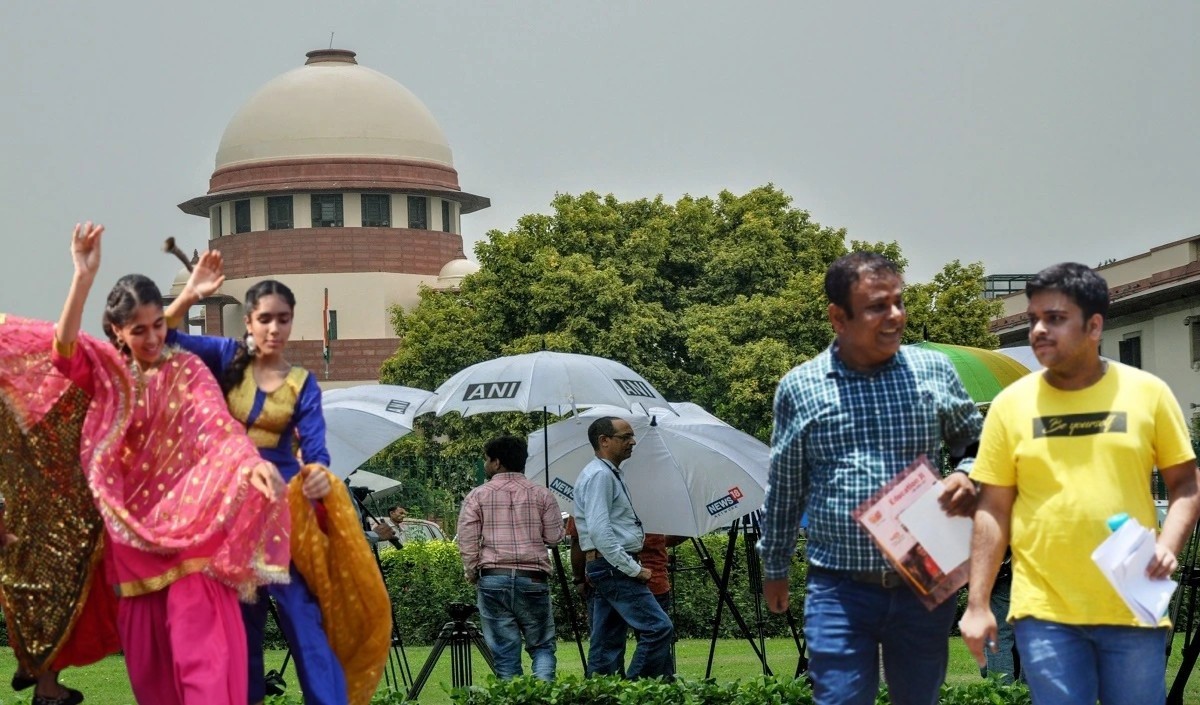ANI
The judgment delivered by a bench of Justices MM Sundaresh and Arvind Kumar reflected the role of the judiciary as a protector of juvenile rights, emphasizing that courts must go beyond procedural formalities to uncover the truth. This has far-reaching implications not only for the specific case, but also for the broader understanding and application of juvenile justice in India. Addressing systemic oversights, it reiterated the fundamental principles of child protection and welfare enshrined in the Constitution.
The Supreme Court’s decision to release a man who spent 25 years in jail for a crime he committed when he was 14 is a reminder of the systemic failures in India’s juvenile justice framework. A person who was a minor at the time of the offence. She was denied the protections guaranteed under juvenile justice laws, and courts, at all levels, consistently failed to recognize her status as a juvenile. Recognizing the “gross injustice” caused, the top court not only ordered their immediate release but also directed the Uttarakhand government and the State Legal Services Authority to facilitate their rehabilitation and resettlement.
The judgment delivered by a bench of Justices MM Sundaresh and Arvind Kumar reflected the role of the judiciary as a protector of juvenile rights, emphasizing that courts must go beyond procedural formalities to uncover the truth. This has far-reaching implications not only for the specific case, but also for the broader understanding and application of juvenile justice in India. Addressing systemic oversights, it reiterated the fundamental principles of child protection and welfare enshrined in the Constitution.
Juvenile justice in India is based on the principle that children should be treated not as adults but as individuals worthy of special protection and care because their deviant behavior is often the result of circumstances rather than intention. The apex court in its judgment said that the involvement of a child in a crime should be understood as a social failure rather than solely the fault of the child.
other news




